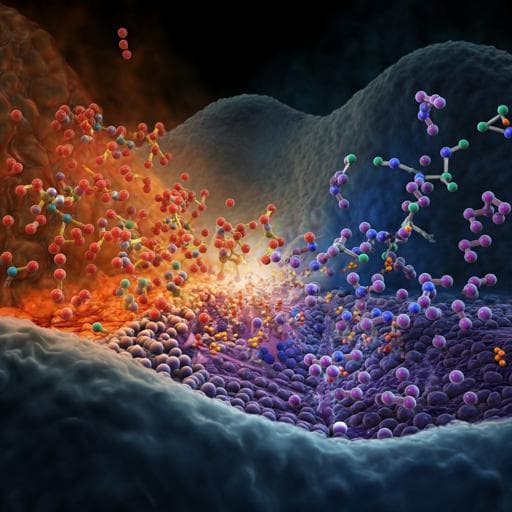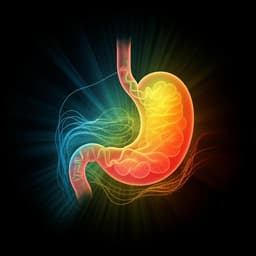
Medicine and Health
Response of blood glucose and GLP-1 to different food temperature in normal subject and patients with type 2 diabetes
Y. Hu, P. Zhang, et al.
Discover how food temperature impacts glucose-regulating hormones in different individuals! This research, conducted by Yun Hu, Peng Zhang, Bo Ding, Xin Cao, Yi Zhong, Kok-Onn Lee, and Jian-Hua Ma, unveils surprising effects that could change how we understand glucose absorption and hormonal responses to temperature variations in diets.
~3 min • Beginner • English
Related Publications
Explore these studies to deepen your understanding of the subject.







